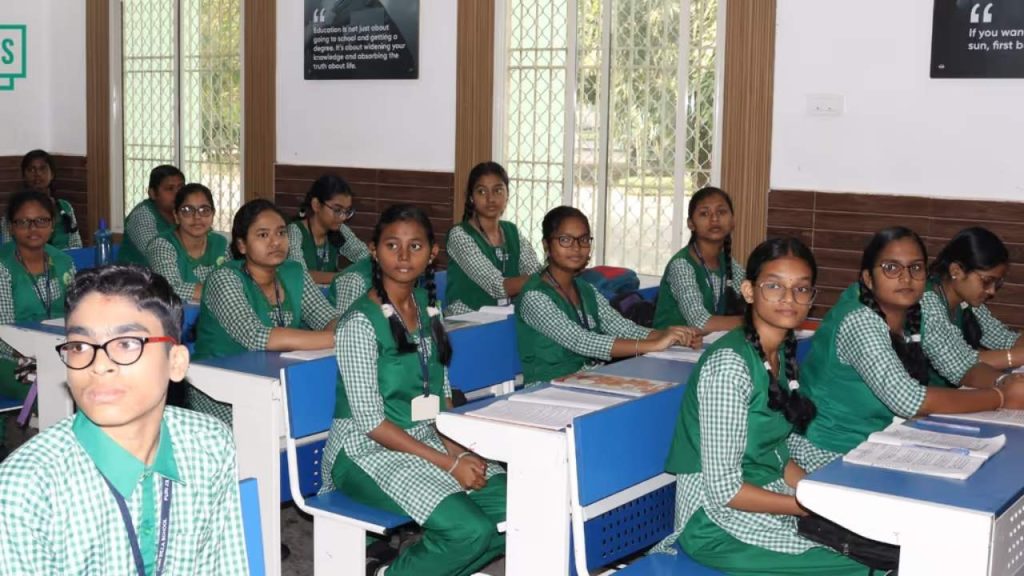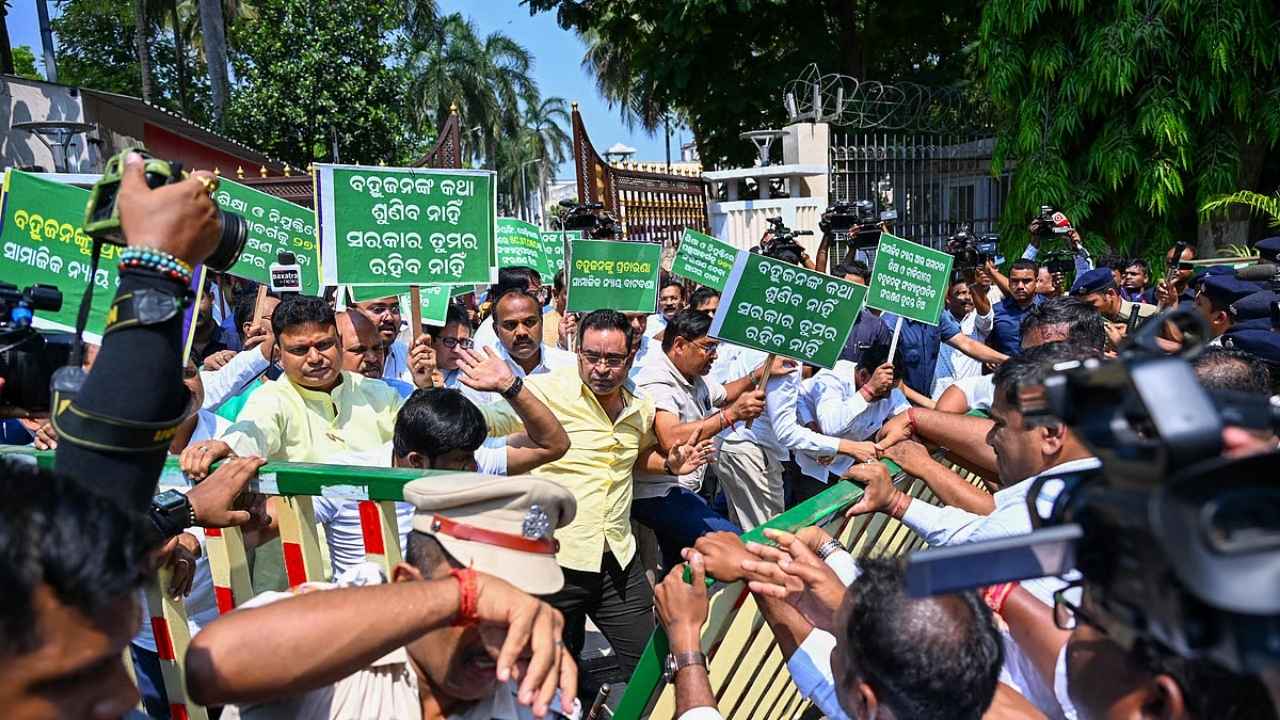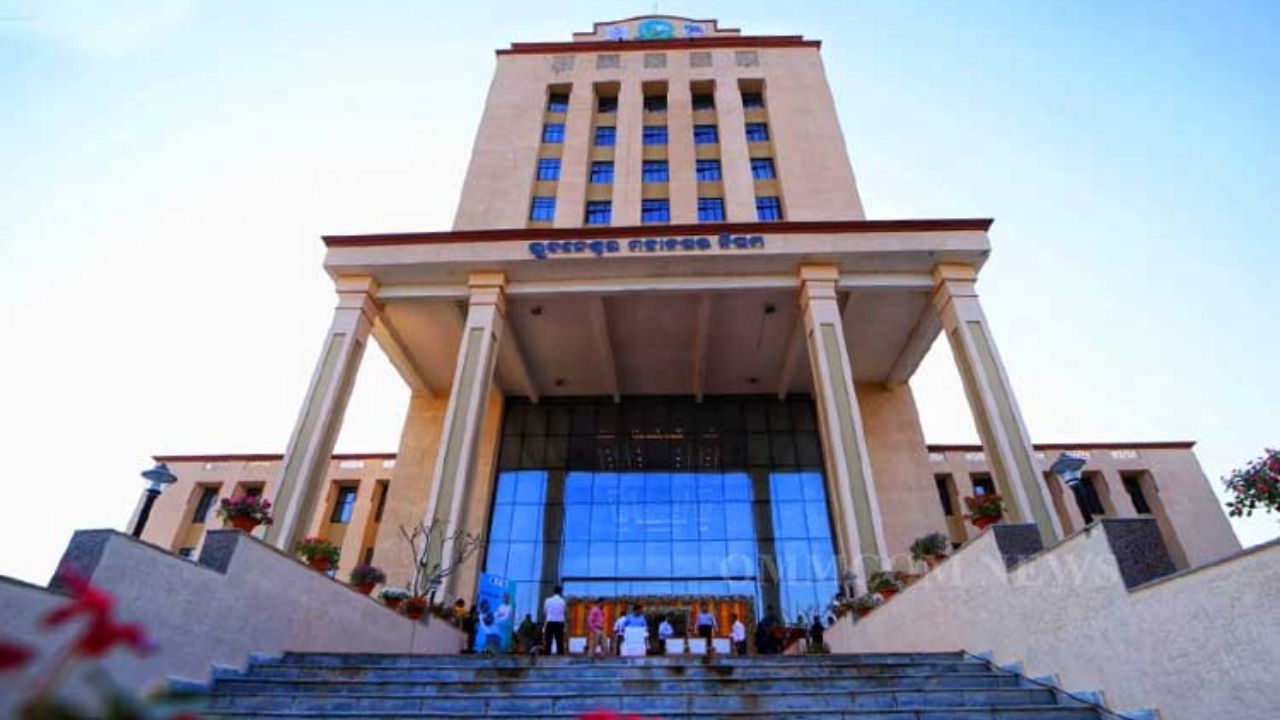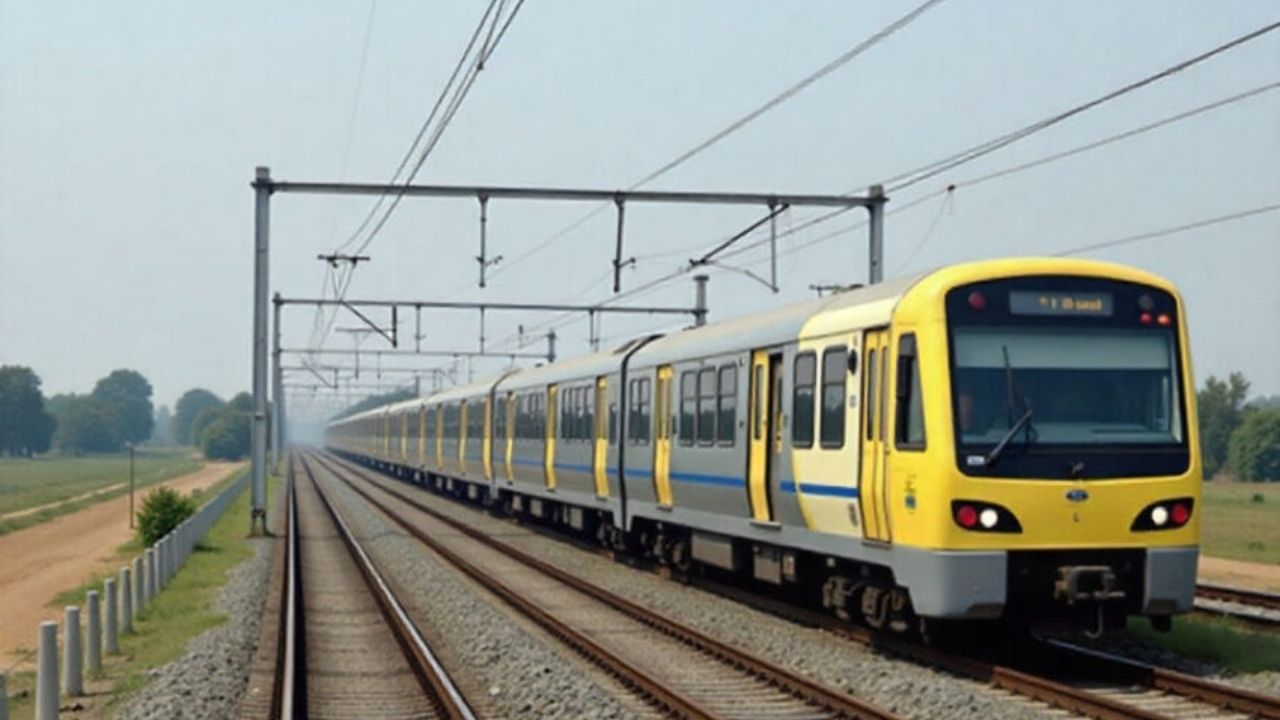In a landmark move aimed at improving access to quality education, the government of Odisha has recently upgraded 102 high schools to higher secondary status. Starting in the 2025–26 academic year, students in these schools will now have the opportunity to pursue their education up to the 12th grade without having to travel long distances to distant higher secondary schools. This upgrade is part of the state’s ambitious educational reforms designed to reduce dropout rates, improve infrastructure, and offer a broader range of educational options.

This exciting development signals a major transformation in Odisha’s educational landscape. It promises to open up new possibilities for students in rural and underserved areas, offering them the chance to continue their studies locally, without the financial burden and logistical challenges of attending distant schools. Additionally, the upgrade is set to bring positive changes for teachers as well, as new programs and training are being introduced to ensure quality education and improved educational leadership.
102 Odisha High Schools Just Got a Major Upgrade
| Feature | Details |
|---|---|
| Number of Schools Upgraded | 102 high schools |
| New Academic Streams | 28 schools with a Science stream, 6 with Commerce, and the remaining with Arts |
| Impact on Students | Reduced dropout rates, easier access to higher secondary education, and improved local educational opportunities |
| Teacher Training Programs | Specialized leadership training for teachers, including participation in programs at the prestigious Indian Institute of Management, Ahmedabad (IIM-A) |
| Infrastructure Enhancements | Significant upgrades to facilities and resources to accommodate the new curriculum and student body |
| Additional Resources for Teachers | Teachers will receive specialized training to enhance teaching methods, ensuring that quality education is consistently provided across all upgraded schools |
| Broader Educational Reforms | Holistic Progress Cards (HPC) implemented to assess students on a wide range of factors beyond traditional academic performance, including creativity and social skills |
| Cluster-based Teaching | Residential schools will implement a cluster-based teaching model to optimize resources and address individual student needs, especially those facing learning challenges |
| Official Website | New Indian Express |
In this article, we’ll take a closer look at what this upgrade means for both students and teachers in Odisha. We’ll explore the impacts of this change, the benefits for local communities, and how the education system is adapting to meet the needs of the modern-day student. So, let’s dive in!
The upgrade of 102 high schools to higher secondary status is a significant step towards improving education in Odisha. With better access to education, a wider range of academic streams, and improved infrastructure, students will have the opportunity to thrive and pursue their dreams without the burden of traveling long distances. Teachers, too, will benefit from specialized training and leadership programs that will enhance their teaching skills and ability to support students.
This is a win-win for both students and teachers, as it creates a more accessible and high-quality educational environment for all. As Odisha continues its educational reforms, it sets a powerful example for other states in India to follow.
Why Is This Upgrade So Important?
Education is one of the most powerful tools for social change, and providing students with better opportunities to continue their studies is essential for a brighter future. The decision to upgrade 102 high schools to higher secondary level in Odisha comes in response to the state’s longstanding challenge of high dropout rates. Students in rural areas often face significant barriers to accessing quality education—long distances to travel, poor infrastructure, and financial limitations.
With this upgrade, students no longer need to leave their homes to attend higher secondary schools. They can now pursue their education locally, which will reduce the financial strain on families and eliminate the hurdles associated with traveling to faraway schools. This is especially crucial in Odisha, where many students live in remote villages where the nearest higher secondary school could be several kilometers away.
The upgrade also offers students a broader range of subjects to choose from. For example, 28 of the upgraded schools will now offer a Science stream, 6 will provide a Commerce stream, and the remaining will focus on Arts. This gives students the flexibility to choose the path that best suits their interests and career aspirations, ensuring a more personalized educational experience.
The Upgrade’s Impact on Students
1. Better Access to Education
The most immediate benefit of upgrading these schools is that it makes higher secondary education more accessible to students across Odisha. Previously, students in rural areas had to travel long distances to attend higher secondary schools. This often led to financial strain for families, and in many cases, students simply dropped out due to the challenges involved. By upgrading the local high schools, the Odisha government is ensuring that students can continue their studies within their community.
2. Expanded Career Options
By offering a range of academic streams—Science, Commerce, and Arts—students now have more career options available to them. Whether they are interested in pursuing a career in medicine, engineering, business, or the arts, the new higher secondary curriculum will provide them with the tools and knowledge they need to succeed.
3. Reduced Dropout Rates
Education experts believe that a major reason for high dropout rates in rural areas is the need to travel long distances to reach the nearest higher secondary school. This often discourages students, particularly girls, from continuing their education. With 102 upgraded schools now offering higher secondary education, students are more likely to stay in school, as they no longer have to leave their homes to pursue their education.
4. Improved Learning Environment
In addition to the curriculum upgrades, the state government is also investing in improving school infrastructure. Classrooms, libraries, and laboratories will be upgraded to meet the standards required for higher secondary education. These upgrades will provide students with a better learning environment, making it easier for them to engage with their studies and reach their full potential.

How Teachers Are Benefiting from the Upgrade
Teachers are at the heart of this transformation, and the Odisha government recognizes the need to invest in their professional development. As part of the upgrade, teachers will receive specialized training and leadership development programs. Here are some of the key ways in which teachers are benefiting from this upgrade:
1. Leadership Training at IIM-A
Teachers in the upgraded schools will have the opportunity to attend leadership training programs at prestigious institutions like the Indian Institute of Management, Ahmedabad (IIM-A). This training will equip them with essential leadership and management skills, enabling them to handle the increased responsibility of teaching higher secondary students and leading their schools effectively.
2. Enhanced Teaching Methods
The government is also providing teachers with new resources and training to enhance their teaching methods. These resources will help teachers adapt their teaching styles to better meet the needs of their students. This is particularly important given the diverse backgrounds of students in rural areas, who may face unique challenges in their learning journey.
3. Support for Professional Development
Teachers will also have access to professional development opportunities that allow them to keep up with the latest educational trends and methodologies. This will enable them to deliver high-quality education and provide better support to students, particularly those who are struggling with learning challenges.
The Role of Technology in the Upgrade
One of the key aspects of the Odisha government’s educational reforms is the integration of technology into the learning process. With the shift to higher secondary education, schools are being equipped with modern technological tools and resources that will enhance both teaching and learning experiences.
1. Digital Learning Resources
The upgraded schools will have access to digital learning resources, including online courses, e-books, and interactive learning platforms. These resources will help students engage with the curriculum in more dynamic ways and give them access to the latest educational content.
2. Teacher Training on Technology Use
Teachers will also receive training on how to incorporate technology into their teaching. This is important for ensuring that students receive a modern education that prepares them for the digital age. By leveraging technology, teachers can create more engaging and interactive lessons that will help students retain information more effectively.
Odisha’s Move to Install CCTV Cameras in Schools for Safer Learning Environments
Odisha High Court Censures Authorities for Neglecting Roads and School Hygiene in Cuttack
IIT Bhubaneswar Introduces Blended M.Tech in Systems Engineering for Working Professionals
FAQs
1. How does the upgrade affect students in rural areas?
Students in rural areas will benefit the most from this upgrade. With 102 schools now offering higher secondary education, they no longer need to travel long distances to attend school. This will reduce dropout rates and make education more accessible to students in these areas.
2. What subjects will be offered at the upgraded schools?
The upgraded schools will offer a wide range of subjects. 28 schools will offer Science, 6 schools will offer Commerce, and the remaining schools will focus on Arts. This will give students the flexibility to choose the stream that best aligns with their interests and career aspirations.
3. Will teachers receive any additional support or training?
Yes, teachers will receive specialized leadership training and professional development to enhance their teaching methods. They will also be trained on how to use digital resources effectively in the classroom.
4. How will the government ensure quality education at these upgraded schools?
The government is investing in infrastructure upgrades, providing teachers with specialized training, and introducing new educational tools to ensure that the upgraded schools meet the required standards for higher secondary education. Regular monitoring will also ensure that these schools maintain high educational standards.






